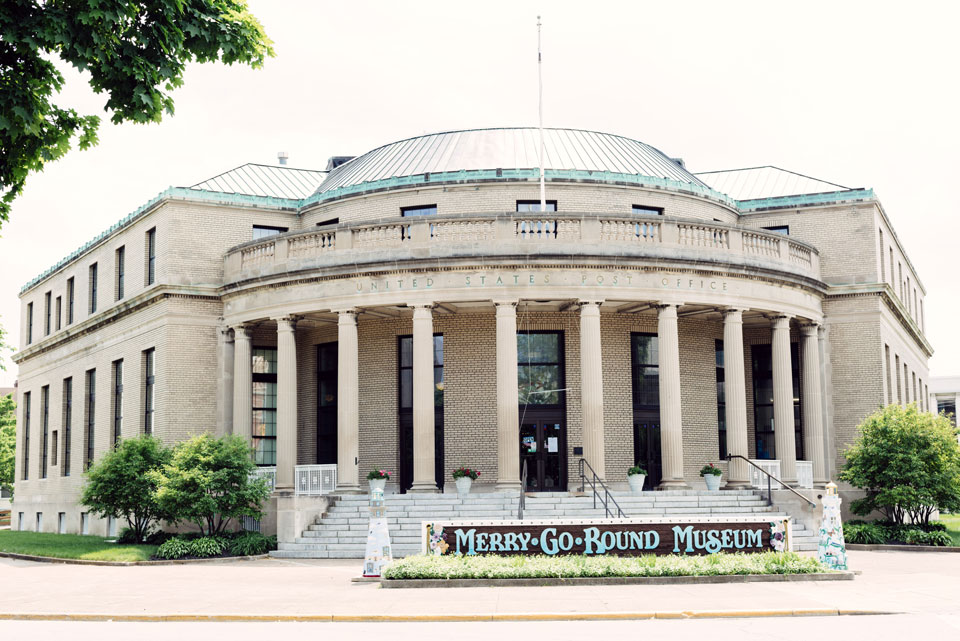Travel
Explore the Past at the Merry-Go-Round Museum
This Sandusky museum traces the golden age of carousels and the craftsmen and styles that defined the era.
Related Articles

Explore Prohibition History at the Anti-Saloon League Museum
The Westerville History Museum shares how the city was once the headquarters of the Anti-Saloon League, an organization which helped spur the enacting of the 18th amendment.
READ MORE >>
New Book Details Origins and Evolution of Dayton’s Carillon Historical Park
The destination’s vice president of museum operations Alex Heckman and curator Steve Lucht wrote the 222-page, hardbound coffee-table book. READ MORE >>

See ‘Heartland: The Stories of Ohio Through 250 Objects’ in Lancaster
The Decorative Arts Center of Ohio hosts an artifact-focused exhibition that tells the story of our state through a collection of family keepsakes and iconic inventions. READ MORE >>





